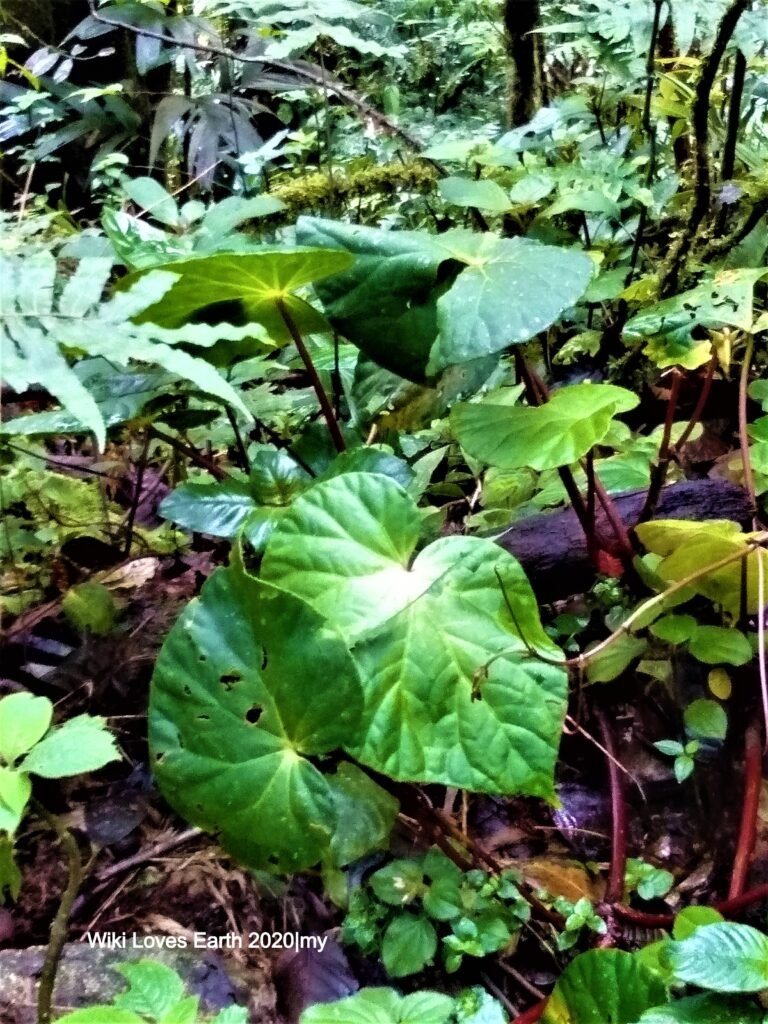Imagine a world where the trees in your backyard whisper secrets, the grass on the playground passes along warnings, and the wildflowers at the park quietly chatter about looming threats. It sounds like the premise of a fairy tale, but science tells us it’s a living reality. Plants, often dismissed as passive, silent bystanders in the drama of nature, are actually busy communicators. They gossip, alert each other to danger, and even change their own defenses based on what their neighbors “say.” As strange as it sounds, the green world is alive with messages, warnings, and chemical conversations—hidden right under our noses.
The Silent Language of Leaves
Plants do not have mouths, vocal cords, or ears, yet they communicate in ways as complex as any animal’s. Their language is chemical, made up of invisible signals drifting through the air or seeping into the soil. When a plant senses trouble, such as an insect nibbling its leaves, it releases molecules that float on the breeze. These chemical messages are picked up by nearby plants, which then start preparing themselves for the same threat. It’s as if one plant shouts, “Watch out, something’s eating me!” and the others all brace for impact. This silent language is happening all around us, every day, even if we can’t see or hear it.
How Plants Sense Danger
The first step in plant gossip is sensing that danger is near. Plants have evolved a suite of receptors that detect specific threats, such as the saliva of a caterpillar or the crushing sensation from a beetle’s jaws. These sensory tools are embedded in their cells and can trigger rapid changes inside the plant. When attacked, some plants increase the production of certain chemicals, like jasmonic acid, which acts as an internal alarm system. This surge tells the plant to ramp up defenses and get ready for battle. It’s a bit like an automatic alarm going off whenever someone tries to break in.
Volatile Organic Compounds: The Plant’s Megaphone
To spread the word about danger, plants use volatile organic compounds (VOCs)—tiny molecules released into the air. These VOCs serve as alarm signals, drifting to nearby plants and even attracting insect allies. For example, when a corn plant is chewed by caterpillars, it releases a blend of VOCs that not only warn its neighbors but also lure in parasitic wasps. The wasps, in turn, attack the caterpillars, offering a kind of plant-organized rescue squad. This system is like a neighborhood watch program, where everyone is on alert and ready to help when trouble hits.
Root-to-Root Communication
Not all plant gossip travels through the air. Under the ground, roots send messages to each other through chemicals and even through networks of fungi known as mycorrhizae. These fungal “internet” connections allow plants to share warnings about drought, disease, or pests. If one plant’s roots detect a problem, they can transmit signals through the mycorrhizal network to others, prompting them to adjust their behavior. Some scientists have compared this to social media—plants sending out group texts to keep the whole community informed.
The Power of Eavesdropping
Plants don’t just warn their own kind; they eavesdrop on neighbors, even if they are different species. For instance, sagebrush can warn wild tobacco plants about hungry insects, allowing the tobacco to boost its chemical defenses before being attacked. This cross-species eavesdropping is crucial in diverse environments, where many plants share the same space and threats. It’s a bit like overhearing a juicy piece of gossip at a party and changing your plans based on what you learn.
Defensive Chemistry: The Armor Plants Build
Once alerted, plants do not simply panic—they prepare. The chemical signals they receive lead to real changes within their bodies. Some plants produce bitter or toxic compounds that deter hungry insects, while others grow thicker leaves or release sticky sap. These defense strategies are tailored to the threat at hand. For example, tomato plants can start making proteins that disrupt the digestive systems of caterpillars, turning the would-be feast into a nightmare for the attacker.
Alarm Calls and Insect Allies
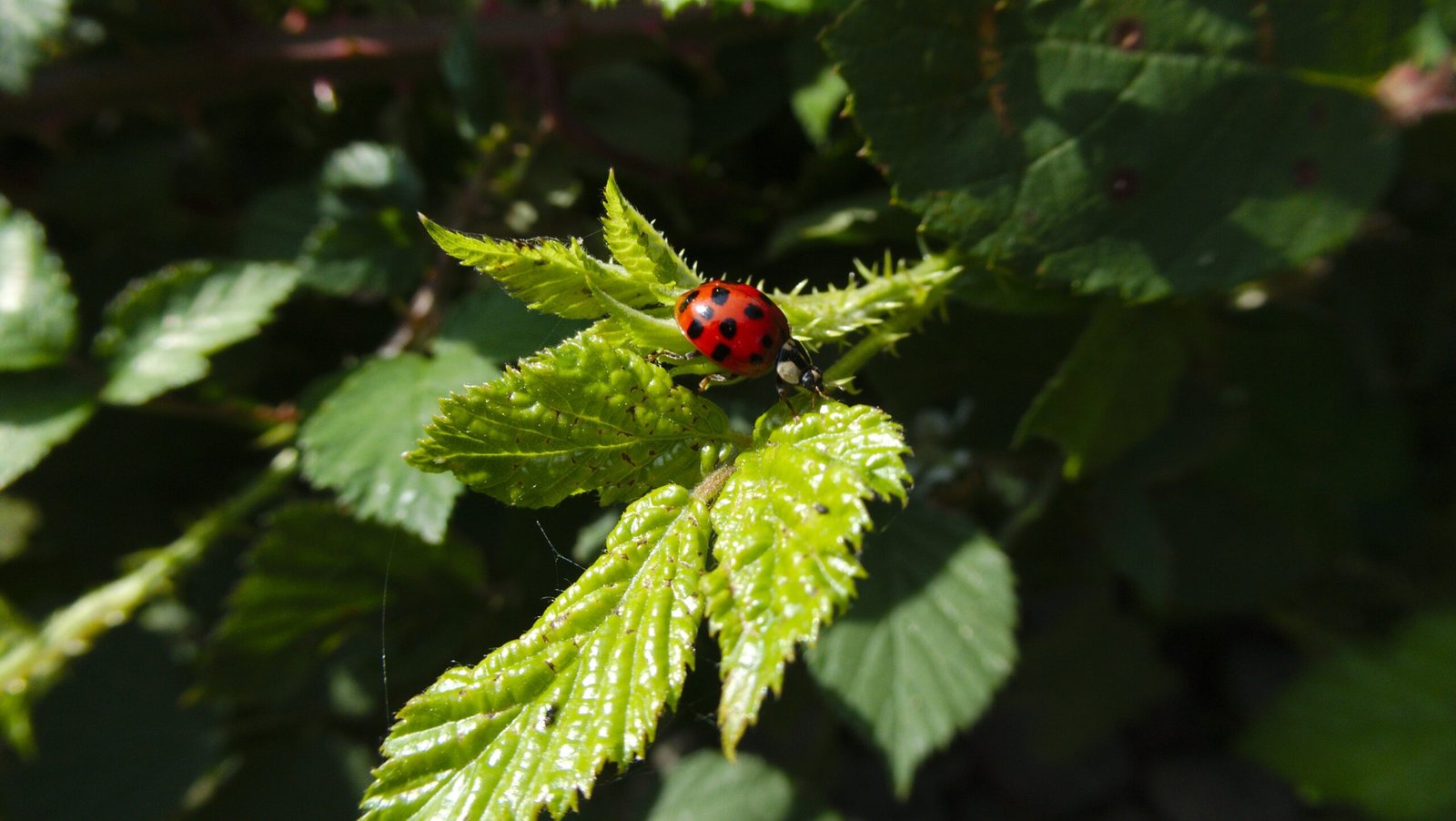
Plants’ warning signals are not just for other plants. Many VOCs act as alarm calls to helpful insects. When a plant is under attack, it can summon ladybugs, lacewings, or wasps to come deal with the pests. In a way, the plant is ringing a dinner bell for its defenders. This strategy is incredibly sophisticated, showing that plants are not as helpless as they seem. Instead, they can recruit allies and turn the tables on their enemies.
The Role of the Mycorrhizal Network

The underground network of mycorrhizal fungi has been called the “Wood Wide Web” for a reason. Through these connections, trees and other plants exchange information about environmental changes, pests, and even nutrient shortages. When one tree is attacked by insects, it can send warning signals through the fungal network, prompting neighboring trees to ramp up their defenses. This interconnectedness makes forests and grasslands more resilient, like a community that looks out for every member.
Plant Memory: Remembering Past Attacks
Plants don’t just react to danger—they remember it. After being attacked once, many plants become more sensitive and quicker to respond to future threats. This “priming” allows them to mount a faster, stronger defense the next time danger appears. Some scientists believe this memory can last for weeks or even months, giving plants a form of learning that helps them survive in a hostile world.
Learning from Plants: Implications for Agriculture
Understanding how plants warn each other has huge implications for farming. By harnessing these natural communication systems, scientists hope to breed crops that are better at defending themselves, reducing the need for chemical pesticides. Some farms are already experimenting with planting “companion” species that help protect main crops through their chemical signals. This approach could lead to healthier, more sustainable food systems, all inspired by the way wild plants gossip and cooperate.
Plants and Stress: Talking About More Than Just Insects

It’s not just bugs that set off the plant grapevine. Plants also warn each other about drought, heat waves, and even pollution. When a plant is stressed by dry conditions, it may send out signals that help others prepare by closing their leaf pores or growing deeper roots. This communal sharing of information helps plant communities survive tough times together, rather than struggling alone.
Decoding Plant Signals: The Science Behind the Gossip
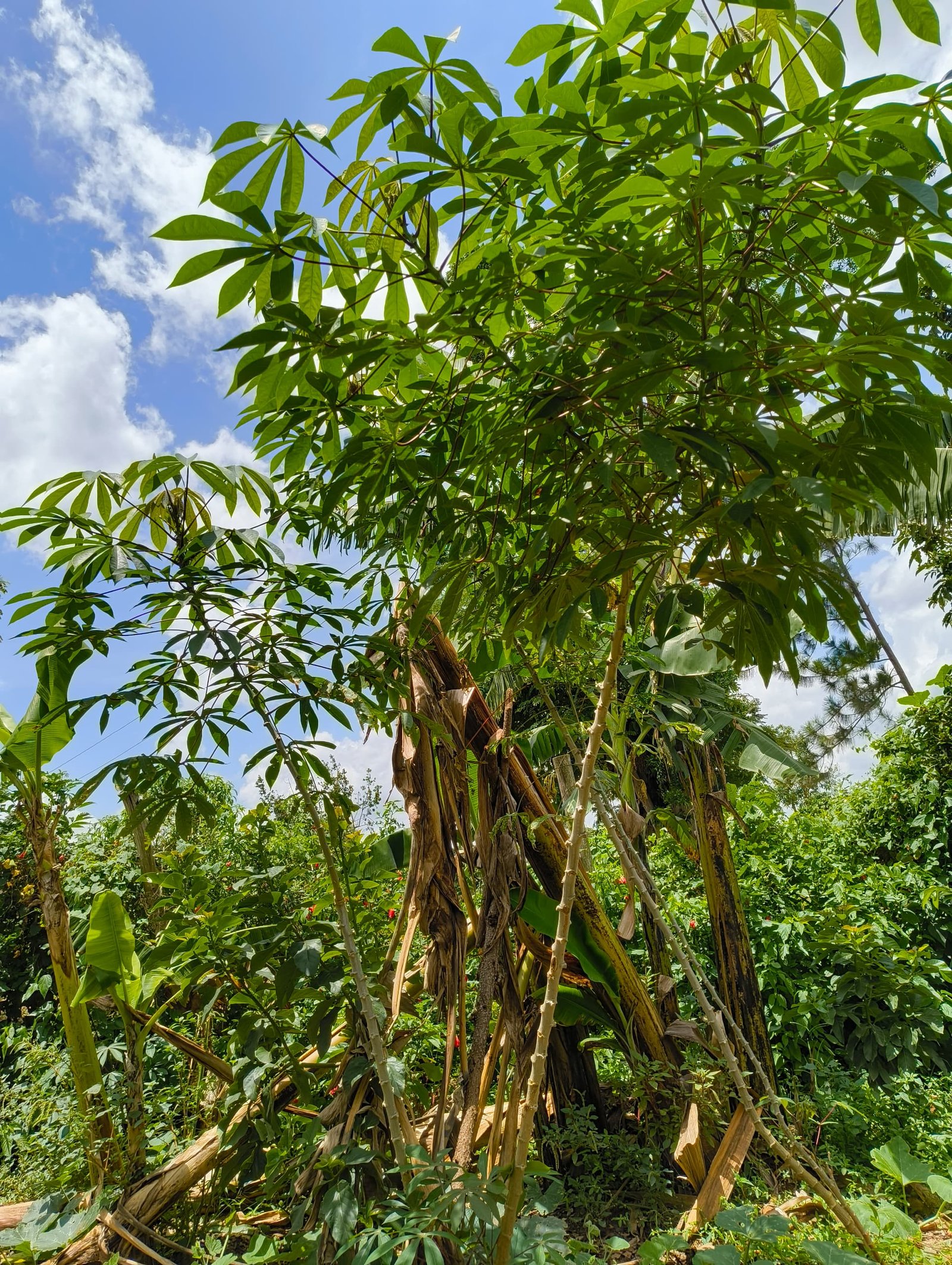
Scientists have only recently begun to decipher the complex chemical language of plants. Using advanced tools like gas chromatography and mass spectrometry, they can identify the specific molecules involved in plant communication. Each species has its own “accent,” with unique blends of chemicals for different threats. This research is opening up a whole new world, revealing that plants are far more dynamic and social than we ever imagined.
Case Study: The Mimosa’s Rapid Response
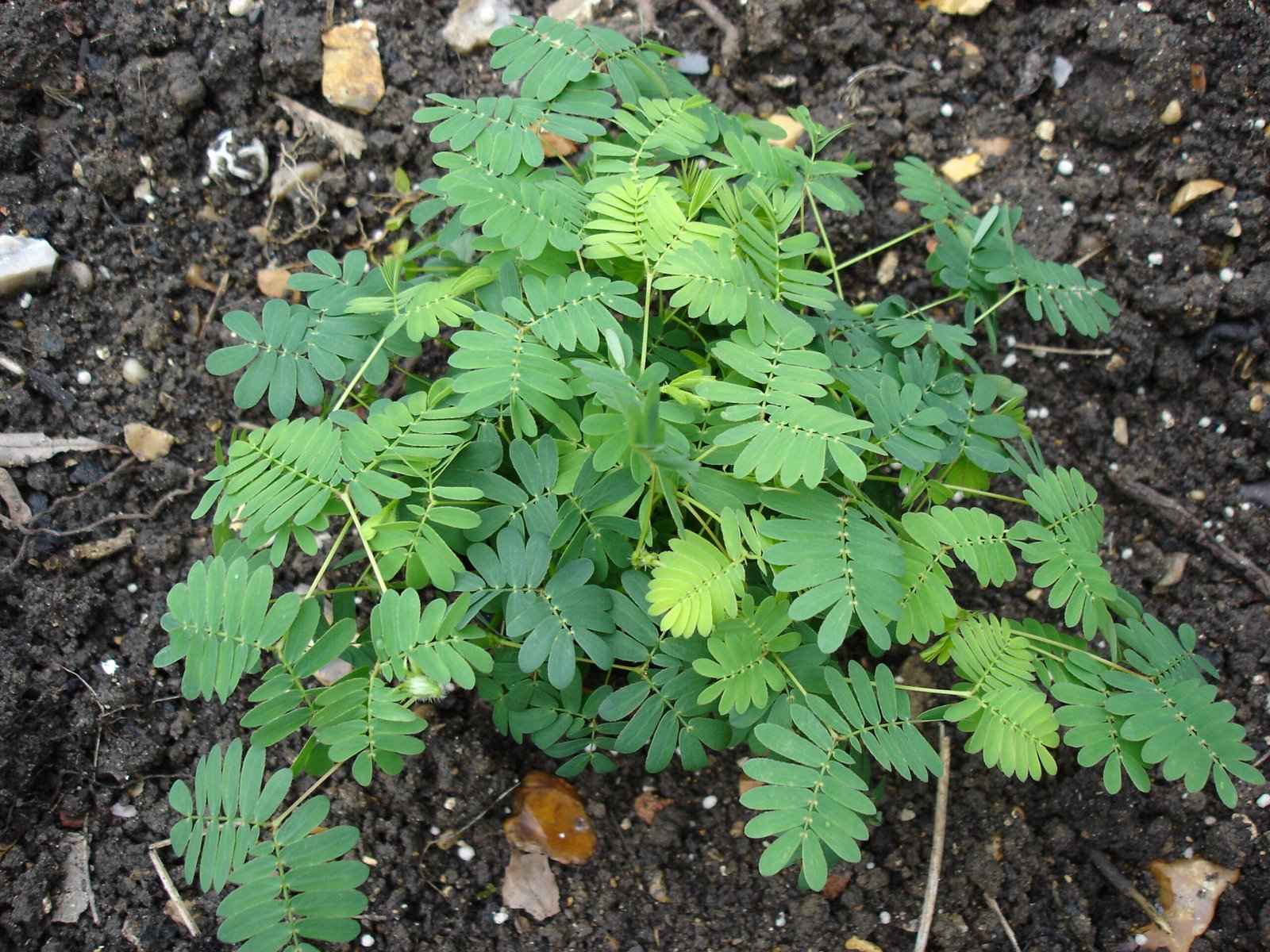
One of the most dramatic examples of plant communication is the sensitive mimosa, which folds its leaves instantly when touched. When one leaf is disturbed, electrical signals travel through the plant, warning distant leaves to prepare for danger. This rapid response is akin to a nervous system, allowing the mimosa to react within seconds to threats. It’s a vivid reminder that plant warning systems can be both chemical and electrical, weaving a complex web of information.
The Secret Lives of Trees

Forests are bustling communities of gossiping trees. Research has shown that trees can send distress signals when attacked by insects or diseases, prompting neighbors to boost their defenses. Some trees even recognize their own offspring and provide them with extra support through root connections. These findings challenge our view of trees as solitary giants and reveal a world of subtle cooperation and mutual care.
Plant Communication and Climate Change
As the climate changes, plant communication systems are facing new challenges. Extreme weather, rising temperatures, and shifting pest populations all affect the way plants send and receive warnings. Scientists are racing to understand how these networks might adapt or break down in a warmer world, hoping to protect natural ecosystems and our food supply. The resilience of plant gossip could be a key factor in helping nature cope with the changes ahead.
Plants in the Lab: Engineering Better Gossip

Researchers are experimenting with ways to enhance plant communication in the lab. By tweaking the genes responsible for chemical signaling, they hope to create crops that can warn each other more effectively. Imagine a field of wheat where every plant acts as both sentinel and soldier, passing along danger signals like a Mexican wave. This science-fiction scenario could soon become reality, changing the way we grow food forever.
Unexpected Plant Partnerships

Plants often form alliances with unlikely partners. For example, some beans signal to ants when attacked, offering them sugary rewards in exchange for protection. These mutualistic relationships show that plant communication is not just about warning—it’s also about negotiation and cooperation. The more we learn, the clearer it becomes that plants are skilled diplomats, constantly working to build strong alliances in their environments.
Plants and People: What We Can Learn

The discovery that plants gossip challenges our assumptions about intelligence and communication. It reminds us that intelligence comes in many forms and that nature is full of surprises. By studying plant communication, we gain new respect for the green world and a deeper understanding of the networks that sustain life on Earth. It’s a humbling lesson in the power of quiet, persistent cooperation.
Nature’s Communicators: Hidden in Plain Sight
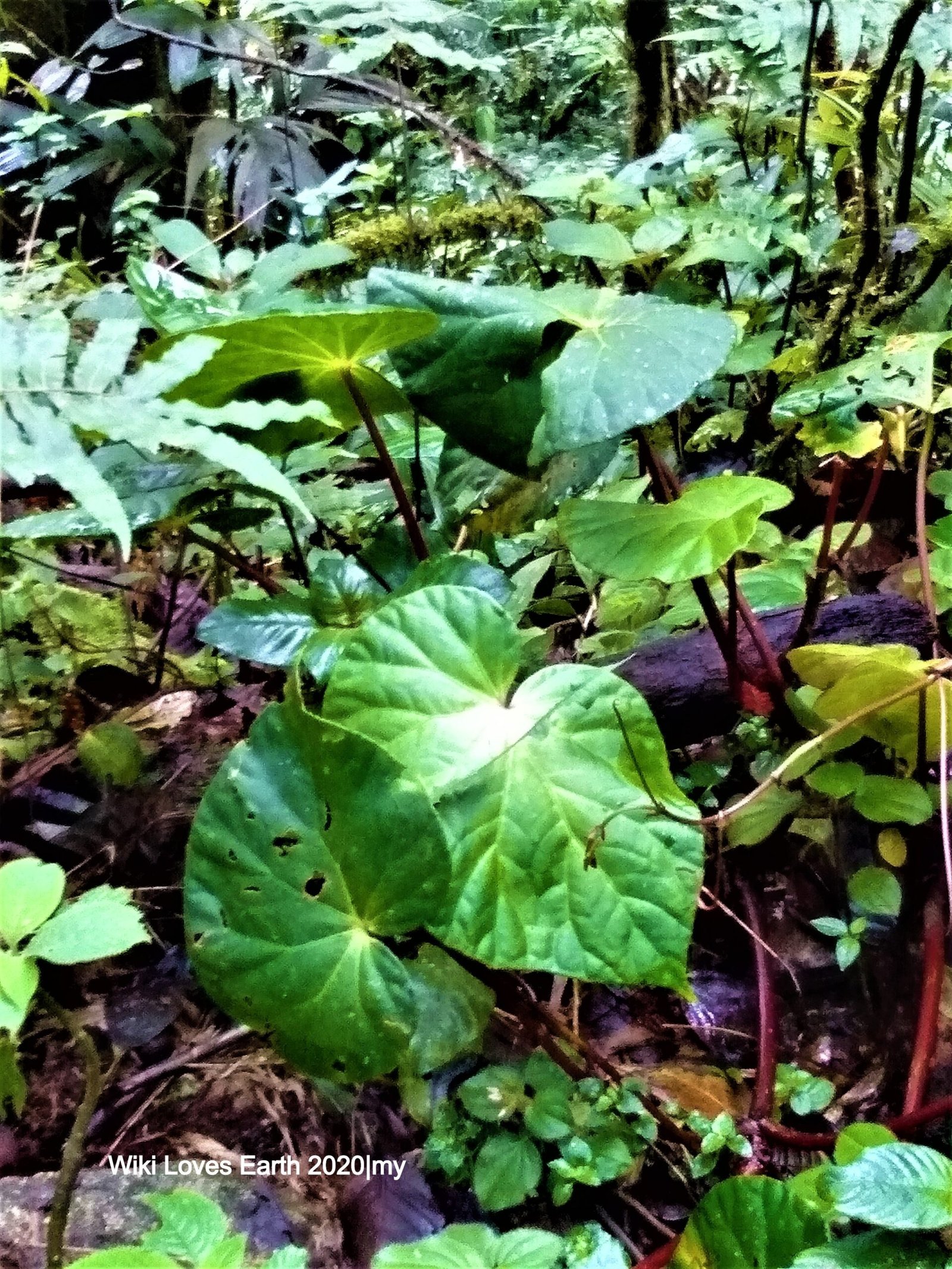
Next time you walk through a park, forest, or garden, remember that every plant you see could be whispering secrets to its neighbors. The grass under your feet, the trees overhead, the flowers beside the path—they are all part of an invisible conversation, sharing news, warnings, and support. This hidden world is as rich and vibrant as any animal community, just waiting for us to listen.
A Living Web of Warnings

Plants’ ability to warn each other about danger is one of nature’s great marvels. It reveals a world where survival depends on cooperation, quick thinking, and constant communication. As scientists unravel the mysteries of plant gossip, we’re reminded that the most extraordinary stories are often the ones unfolding quietly all around us. What would you say if you knew the plants in your garden were talking behind your back?

